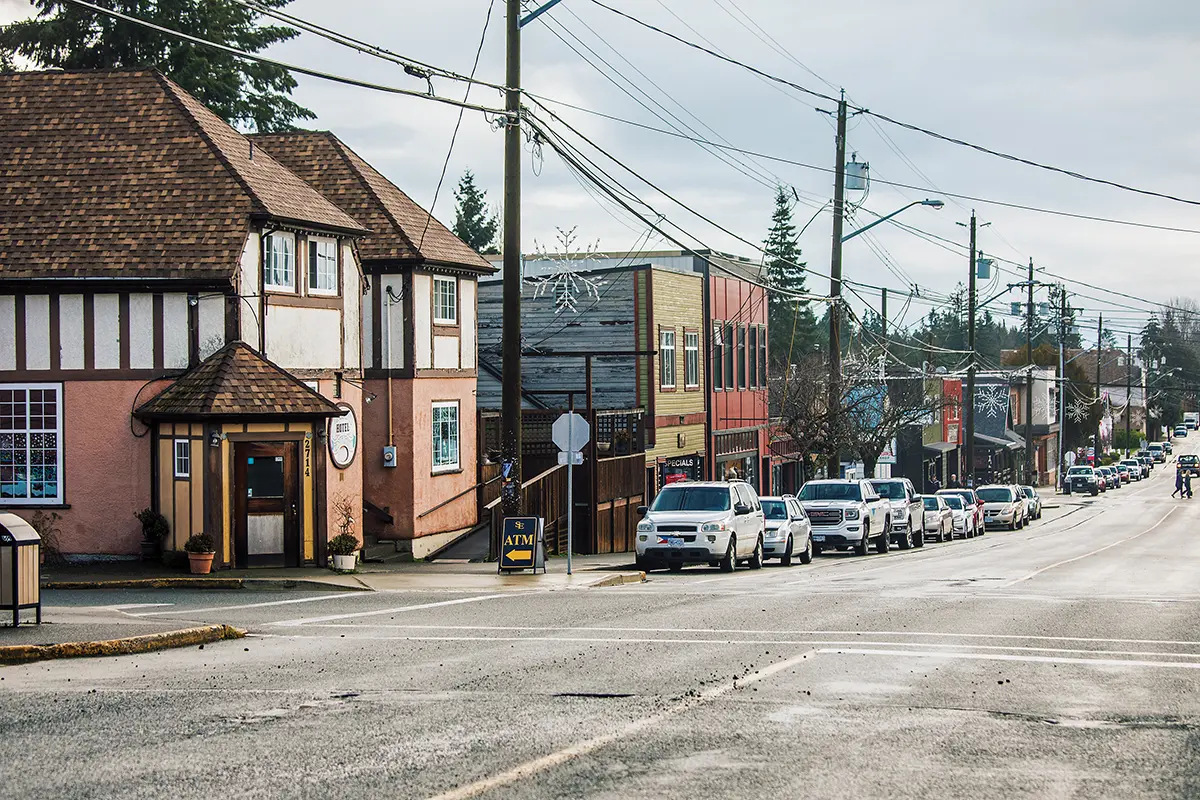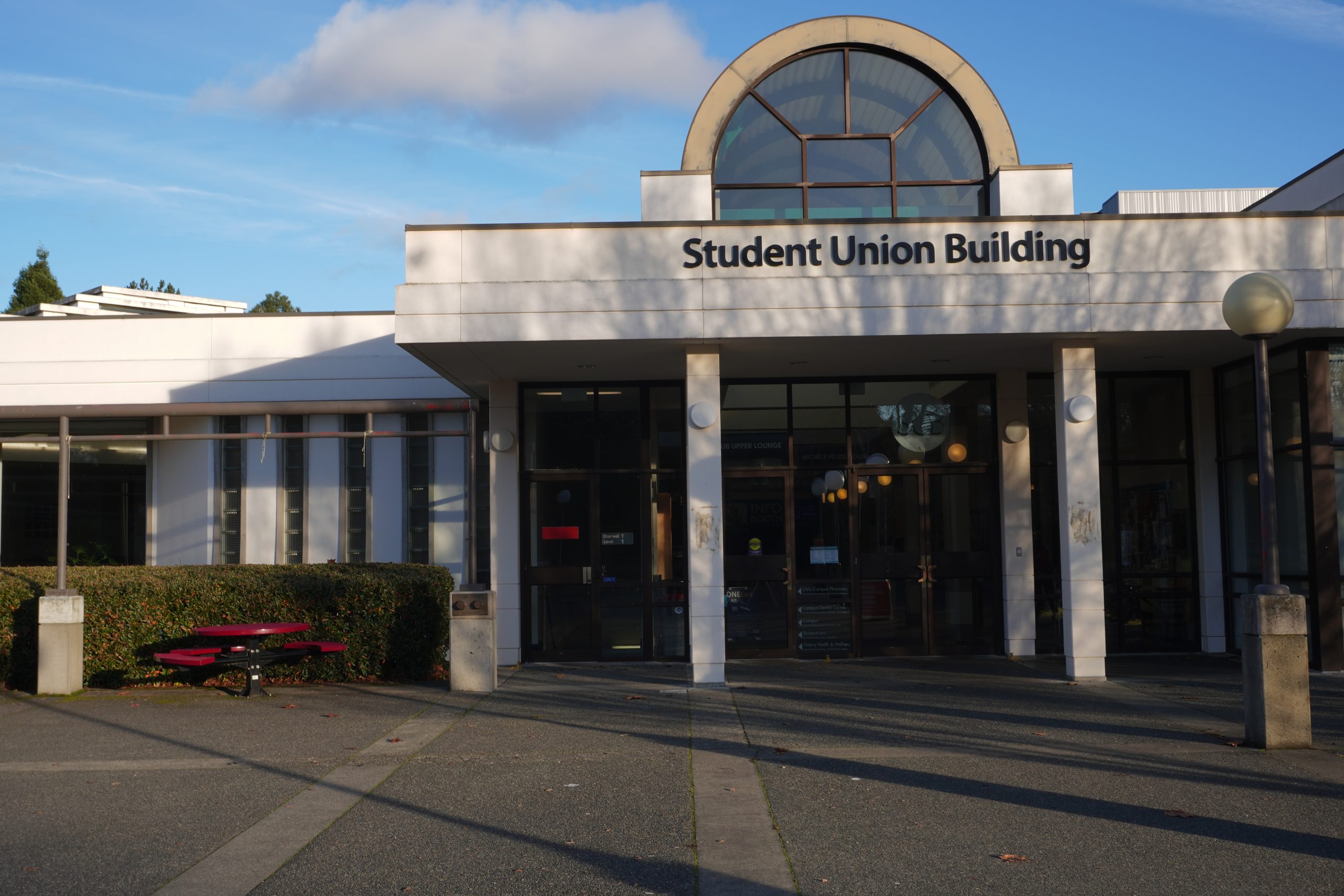
The Saugeen Ojibway Nation is suing the Government of Ontario and the Government of Canada for a large piece of land (which includes two national parks and several bodies of water) and almost $90 billion on the basis that their treaty rights have not been upheld. This lawsuit went to court on Thursday, April 25 and hearings resumed the following Monday.
According to Michael Beggs, lawyer for the federal government in this recent landmark trial between the Saugeen Ojibway Nations and Ontario Provincial government,”there were no bad guys” throughout the long history of colonialism, forced assimilation, and oppression in Saugeen Ojibway Nations (Ontario). Beggs believes that “the evidence will show that the Crown acted with honour and integrity and good faith and a fairness consistent with the context of the times, and it was a difficult set of circumstances.”
Treaty 45-1/2 (1836) saw 600,000 hectares of land passed to colonizers in exchange for the promise that both the Saugeen Ojibway Nations and their land (known today as the Bruce Peninsula) would be protected “forever.”
Both the governments of Ontario and Canada are claiming that they have treated the Saugeen Ojibway Nations fairly, thus denying the group’s right to this land and money. David Feliciant, Attorney General for the Government of Ontario went so far as saying that they “remain committed to reconciliation and the positive working relationship [they’ve] developed with the communities.”
Fair does not look like promising to protect someone’s land forever and then taking it from them 18 years later on the basis that the Saugeen Ojibway Nations were “obstacles to settlement.” First, if 18 years is “forever”, than I may congratulate myself on surviving past that checkpoint. Second, exactly who taught these lawyers the definition of “fair”? Because they seem to be quite misinformed.
The fact is that the Saugeen Ojibway Nations have been mistreated by the government since colonization, yet neither government can afford to hand over their land or money. Instead of recognizing that they cannot give the Nations what they rightfully deserve, they are instead refusing to admit to their role in reinforcing the disgusting actions of colonizers.
Someone tell me, how does this meet the definition of reconciliation? How can a colonial institution claim that they were not in the wrong for appropriating land, exploiting Indigenous peoples, and attempting to eradicate their cultures? And how can they simultaneously claim that this qualifies as a “positive working relationship?”
As a settler who grew up on the Bruce Peninsula, and a frequent visitor of Bruce National Park, I can say with confidence that the lands deemed to be protected in Treaty 42-1/2 were not protected. They were stolen, turned to farmland and every year thousands of people come by the bus load to tread (and not lightly) through the “wilderness” from which the Saugeen Ojibway Nations were displaced.
So, hey colonizers (especially those in power), stop protecting these institutions of oppression just because the reality of the history of this country is too hard a pill for you to swallow. Stop defending these institutions just because they are the only thing that you know. Start tapping in to the fact that we are all emotional beings living on this Earth. Have compassion for those that are oppressed, marginalized and mistreated. And most importantly, we all need to own up to the past, instead of hiding behind apathy.
It’s bad enough that the governments do not have the capacity to give back this stolen land, but claiming that they do not need to because they have treated First Nations fairly is despicable. What should unfold is an apology from both governments that acknowledges the true history of this place. Next, a compromise needs to be made. As much of the land that can be handed back to the Saugeen Ojibway Nations should be, including the surrounding water territory for which they are asking. Finally, the Saugeen Ojibway need to be given roles in decision making and be given governance over their traditional territories, even if some of the land remains in the hands of the provincial and federal governments.








